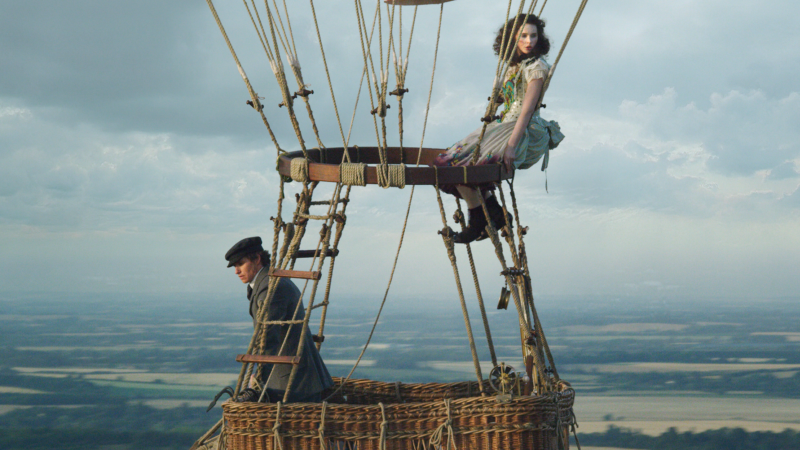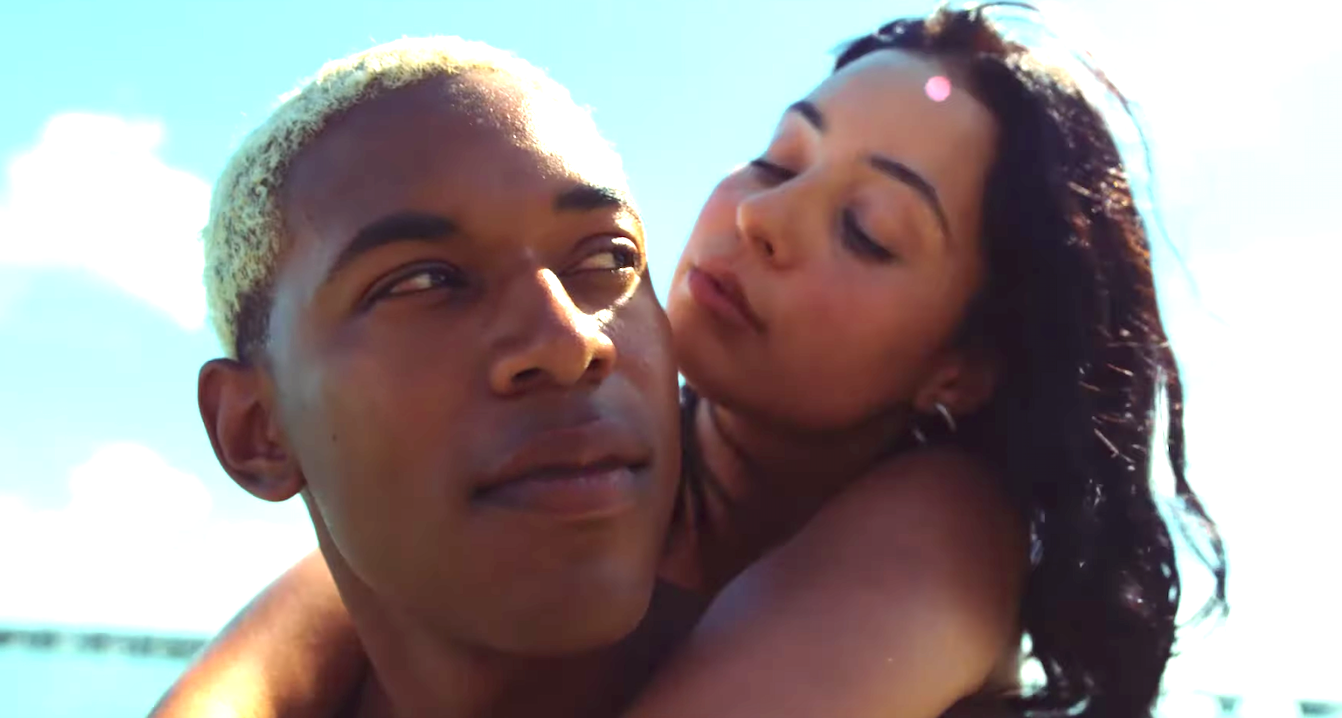Jumanji: The Next Level
by George Wolf
Recent box office totals have sent a pretty clear message: if you want a butts-in-seats reboot, you gotta come with a strong new hook.
Jumanji: Welcome to the Jungle got it right two years ago, and now most of that gang is back for The Next Level, which is smart enough to add a few new wrinkles (plus some trusty old ones) for freshness.
We catch up with our four young heroes a year removed from high school and trying hard to keep in touch. Over Christmas break from college, Spencer (Alex Wolff), Martha (Morgan Turner), Bethany (Madison Iseman) and Fridge (Ser’Darius Blain) make plans for a meetup, but Spencer doesn’t show.
Hearing those familiar drums, the other three quickly figure out he’s been sucked back into Jumanji, and decide to go after him. I mean, they beat it once, right?
New game, new rules, brand new hook.
Bethany is left behind, but two new players aren’t: Spencer’s grandpa Eddie (Danny DeVito) and Eddie’s ex-best friend Milo (Danny Glover). Know what else? Everyone gets a new avatar.
Well, not Martha, she’s still badass Ruby Roundhouse (Karen Gillan). But this time, it’s Eddie who gets the smoldering heroic intensity of Dr. Bravestone (Dwayne Johnson), while Fridge is portly Professor Shelly Oberon (Jack Black), Milo is diminutive zoologist Moose Finbar (Kevin Hart) and Spencer is newly-added cat burglar Ming Fleetfoot (Awkwafina).
The next level mission: free Jumanji from the evil clutches of Jurgen the Brutal (GOT‘s Rory McCann), or die trying. Game on!
Watching the four adult stars channel teenagers in the first film was a blast, but the avatar switches here are the smart plays, and the body swaps don’t stop once the game begins. Some of the gags do settle for low hanging fruit (i.e. old people are easily confused) but plenty others are clever and inspired.
The film itself even gets in on the switcheroo spirit, with fewer solid laughs but a markedly better adventure. Welcome to the Jungle’s riffs on The Breakfast Club make way for director Jake Kasdan’s set piece homages to Mission Impossible, Indiana Jones, Kingsman and even Peter Jackson’s King Kong in a thrilling escape from angry mandrills.
Writers Chris McKenna and Erik Sommers do not return, which I’m guessing is a major reason the life lesson feels don’t land as smoothly this time. But Kasdan and his team hit the big shots. They give us a reason to be interested in a return to Jumanji, and plenty of fun once we get there.












